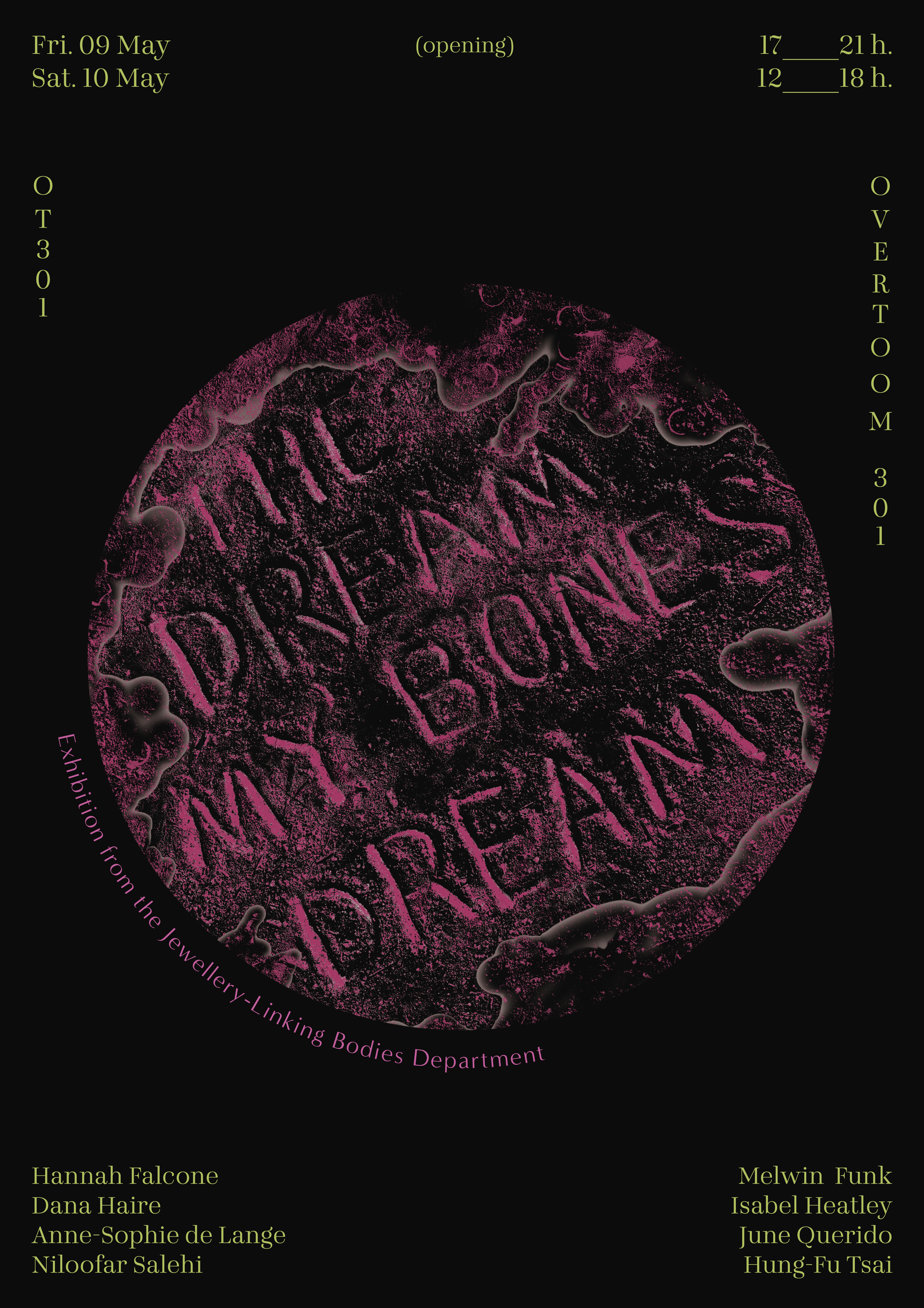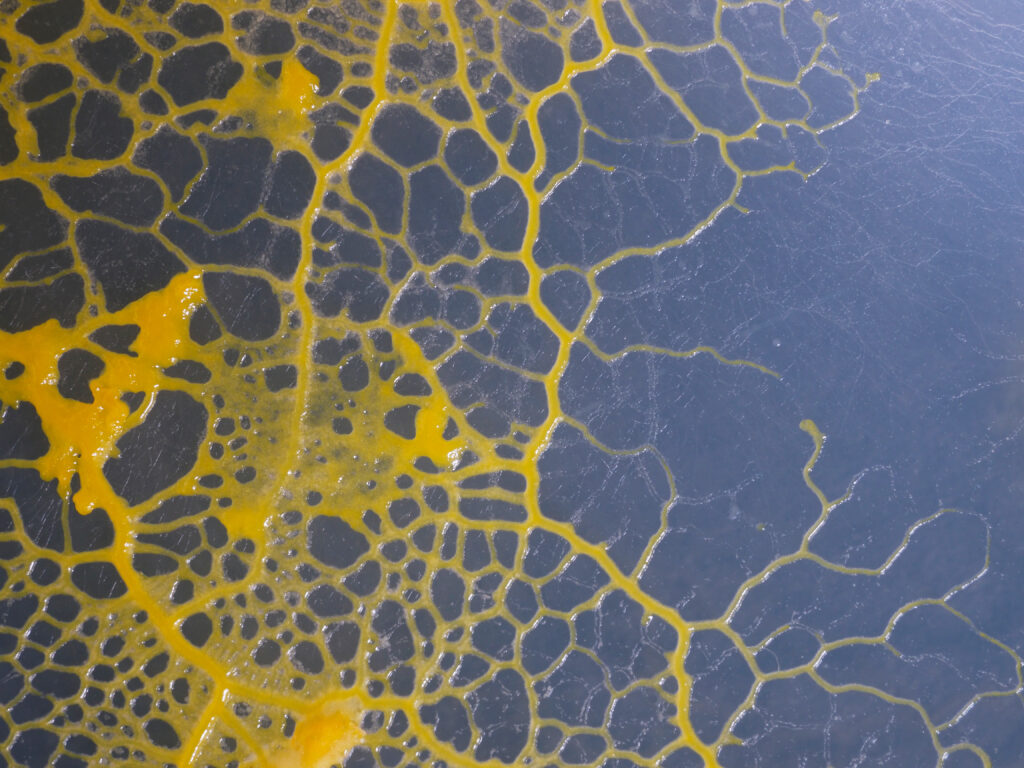2025

Photo Amy Sou Wu, photo credit: Roel van Tour @roel_van_tour
As we approach the close of the 2024/25 academic year, we are pleased to invite you to the final edition of our In Dialogue -Tuesday Afternoon Talks with our guests Amy Suo Wu and Sebastiaan Kramer.
Amy Suo Wu is an artist, designer, and educator based in Rotterdam. Born in Shantou 汕头 and raised in Western Sydney, her current work explores mending as both metaphor and method, the intersection of text and textile, and publishing as an embodied practice. She collaborates with her mother, Maria Ling Qing Huang, in the research project Serenity Department, focused on intergenerational mending. Her previous body of work on steganographic practices as acts of protection, survival, and resistance in the face of oppression and violence is now published under the title A Cookbook of Invisible Writing (Onomatopee). Amy has been involved in community initiatives such as Zine Camp (2014-2019) and has taught at the Piet Zwart Institute, Sandberg Institute, and currently at Willem de Kooning Academy.
Sebastiaan Kramer is a fashion entrepreneur and curator. A graduate of ArtEZ (2005), he co-founded the circular fashion label Hul le Kes, where he remains general director. He now also serves as Curator of Body-Related Design at Museum Arnhem, responsible for its fashion and jewelry collection and related programming. Deeply invested in Arnhemกฏs creative scene, he has launched numerous initiatives including Stock Days Arnhem, Sustainable Fashion 025, and the Rhine District, and was creative director of the Fashion + Design Festival Arnhem until 2024.
We look forward to welcoming you and our guests for yet another thoughtful exchange about Jewellery and beyond.
Join us on
Tuesday 13th of May, 16:00-18:00
At the Jewellery- Linking Bodies department
1st floor Rietveld Building (room 007)
Gerrit Rietveld Academie
Frederik Roeskestraat 96
1076 ED Amsterdam

